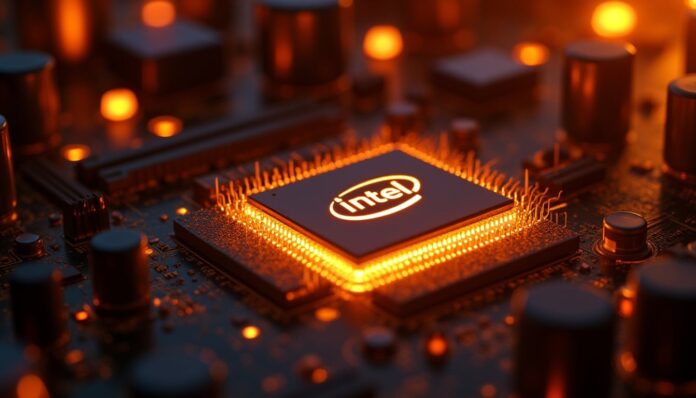In a bold and controversial move, former Intel executives have emerged with a radical proposal: to delist the iconic company from the stock market, split it into five units, and relaunch it. This initiative stems from years of misguided decisions that left Intel lagging in the competitive semiconductor market. Its promoters, who at the time backed a vertical integration model that was instrumental in the company's decline, are now advocating its dismantling.
The proposal, disseminated by various tech media, arrives just as Intel begins to regain ground. Recent backings, such as a public stake of less than 10% and NVIDIA's 5% investment, have renewed optimism about Intel's future. However, the proposal, which seeks to separate manufacturing from design, to sell non-core assets, and to detach the venture capital arm, aims to fundamentally alter Intel's structure.
Advocates cite cases such as the breakup of General Electric and AT&T to justify the potential value of each separate unit. But critics note that optimistic calculations of up to $100 billion per unit do not take into account the complex product cycles or the challenges inherent to advanced manufacturing, where accumulated experience and ongoing investment are essential.
In parallel, the proposal suggests that a consortium, led by the U.S. government and technology giants, acquire Intel's shares. This ambitious agreement would also entail an investment commitment of up to $100 billion over a decade to strengthen chip fabrication, seeking to compete with heavyweight players like TSMC.
The conflict of narratives is evident. Proponents argue that without the pressure of the stock market, the restructuring would be viable, while critics warn of the dangers of fragmenting innovation at a crucial moment for global competition in semiconductors.
The backdrop of the proposal is both a reaffirmation of confidence in Western manufacturing and an attempt to reposition Intel amid a growing global dependence on advanced manufacturing. However, the risks are not insignificant: possible cost duplications, regulatory complications, and the potential negative impact on talent.
As the 2028 horizon approaches for the potential disruption and reconfiguration of Intel, questions about the viability of this proposal persist. In the context of recent investments and a renewed interest in strategic manufacturing, the debate continues around whether this plan is a necessary move to revitalize Intel or an outcome that could fragment and weaken its capacity for innovation and leadership in the industry.
More information and references in Cloud News.



